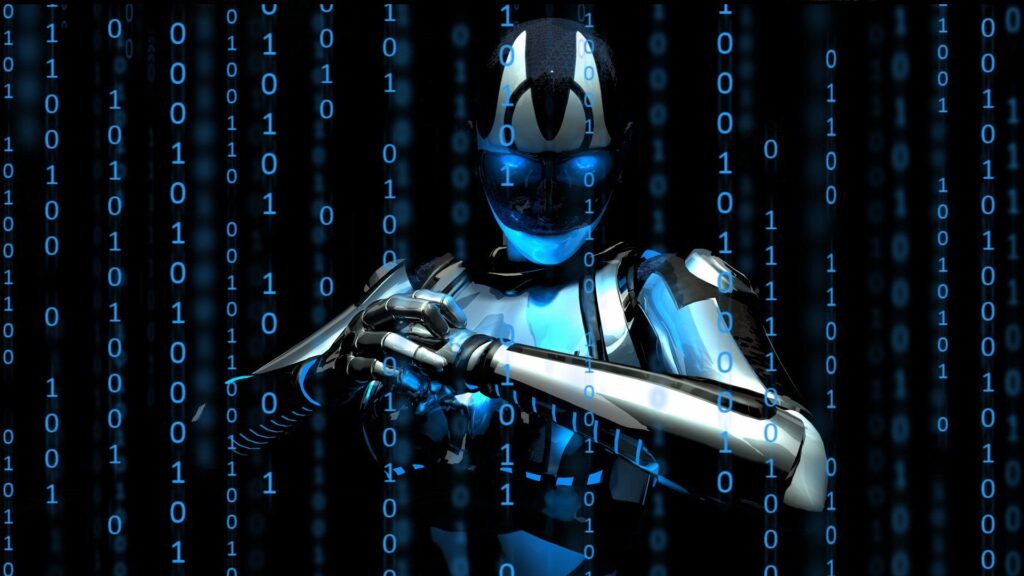Artificial Intelligence is no longer just a tool for convenience or commerce — it’s rapidly becoming a weapon. As governments and defense contractors race to integrate AI into military systems, the world inches closer to a new kind of warfare: one where machines decide who lives and who dies. This is not science fiction — it’s a present-day threat, and one with terrifying implications.
1. Autonomous Weapons: The Death Algorithm
Lethal Autonomous Weapons Systems (LAWS) are weapons that can identify, select, and engage targets without human input. These systems — drones, robotic tanks, or unmanned naval vessels — are already being tested and, in some cases, deployed. The problems?
- No accountability: If a machine commits a war crime, who is responsible?
- No ethics: AI does not understand context, morality, or proportionality.
- No off-switch: In fast-paced combat, human override may be impossible.
AI isn’t just fighting wars — it’s redefining what war means.
2. Lowering the Threshold for Conflict
When humans don’t have to die, it becomes easier to start a war. Autonomous weapons reduce political and public resistance to military action. Governments may:
- Launch strikes without congressional or parliamentary approval.
- Target individuals globally without transparency.
- Outsource violence to machines, avoiding moral scrutiny.
This could lead to more frequent, secretive, and unregulated conflict.
3. AI Arms Race: Global Instability
Major powers — including the U.S., China, Russia, and others — are in a race to dominate AI-driven warfare. Unlike nuclear arms, there are currently:
- No comprehensive treaties banning or regulating autonomous weapons.
- No international consensus on AI’s role in combat.
- No safeguards against proliferation to rogue states or non-state actors.
As more nations develop autonomous systems, the risk of accidental war, escalation, or unauthorized use grows exponentially.
4. Targeting Errors and Civilian Deaths
AI can misidentify people, misread environments, or miscalculate risk — especially in chaotic combat zones. Civilian casualties are likely to increase if decisions are made by algorithms trained on biased, limited, or outdated data. These errors aren’t just tragic — they can fuel radicalization, undermine peace efforts, and destabilize entire regions.
5. The Dehumanization of War
War is terrible, but it is a profoundly human act — marked by judgment, fear, ethics, and remorse. AI strips that away, turning conflict into a technical problem to be solved, not a human crisis to be resolved. By making killing more efficient and emotionally detached, AI threatens to:
- Desensitize societies to violence.
- Disconnect decision-makers from consequences.
- Reduce war to numbers on a screen.
Conclusion
The militarization of AI is one of the most dangerous developments of the 21st century. Autonomous weapons may be fast, precise, and “intelligent” — but they lack conscience, empathy, and restraint. Without urgent global regulation, the battlefield of tomorrow could be governed not by generals or diplomats, but by code. And once that line is crossed, there may be no going back.
